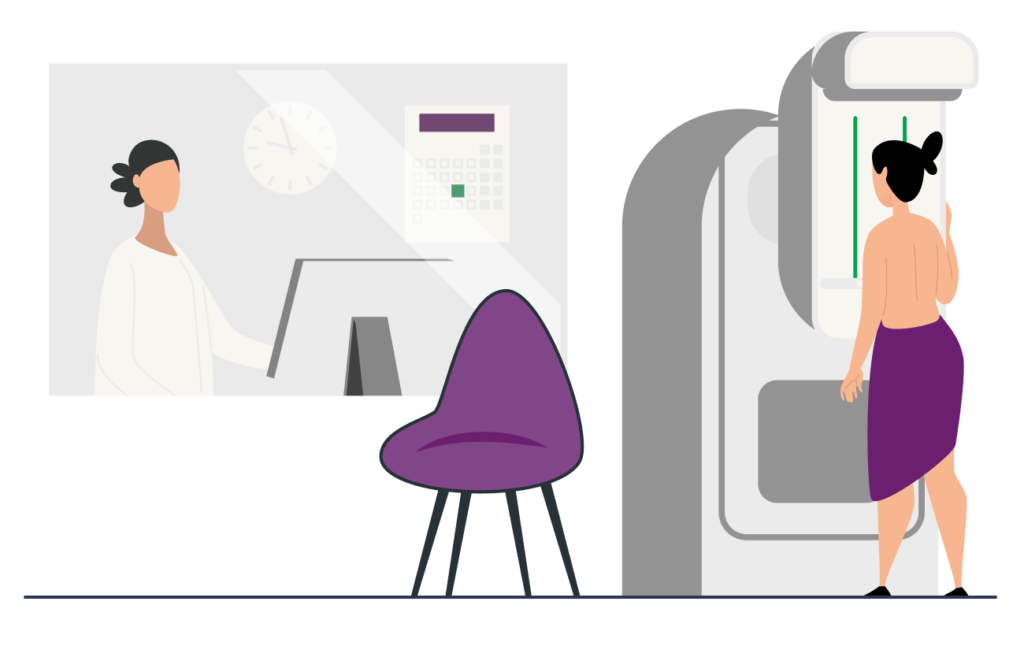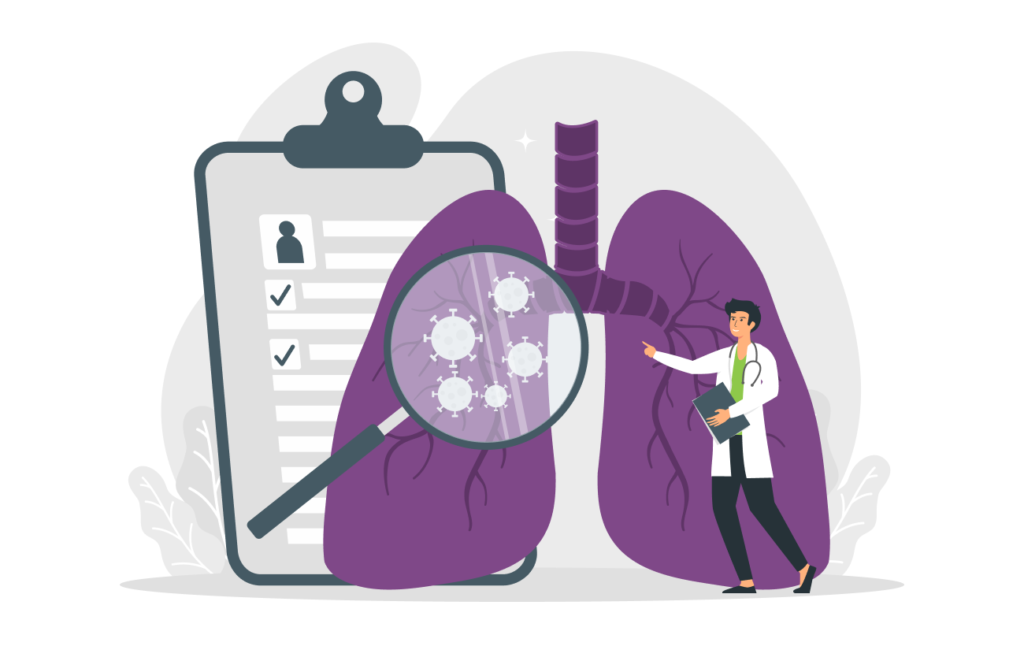Cancer screening guidelines – what’s the latest?
Keeping up with evolving recommendations about cancer screening is a challenge. To make sure we are always up to date, and helping you to do the same, CDPHP continually monitors society guidelines as well as the quality metrics that providers and health plans must meet to ensure our members are getting the best and most appropriate care. We place the highest priority on helping your patients get the cancer screening tests they need, without copays or other barriers, because it is in everyone’s best interest that these tests are completed in a timely fashion.

Colon cancer
Although colon cancer is usually diagnosed in older patients, the incidence in patients under 50 has been increasing. For this reason, guidelines have recently changed to start colon cancer screening at age 45 for patients without known risk factors, such as family history or other associated conditions.
Colonoscopy is the gold standard for screening. Polyps can be removed, and suspicious lesions can be biopsied at the time of the colonoscopy. If the colonoscopy is negative, follow-up screening is recommended in 10 years until age 75. For patients aged 75-85, screening can be performed based on a patient’s desires and life expectancy. Screening is not recommended after age 85.
Some patients are reluctant to undergo colonoscopy, in which case there are other options available. Other visual examinations such as flexible Sigmoidoscopy and CT colonography should be performed every five years, starting at age 45. Stool-based tests that screen for blood can be performed at home and should be repeated annually. There is also a stool-based exam that looks for blood and abnormal DNA in a complete bowel movement. This test should be repeated every three years.

Breast cancer
Over the past few years, there have been conflicting recommendations about the optimal timing of breast cancer screening. Differing messages from medical specialty societies and the United States Preventive Services Taskforce (USPSTF) have caused some confusion for patients and providers. Decisions about mammography screenings should be discussed with your patients. Screening can start as young as age 40. Whether patients get screened annually or biannually is subject to debate and should be part of a shared decision-making conversation. Screening until age 75 is recommended, although it can be stopped when a patient’s life expectancy is less than 10 years.
Women with dense breasts are at a higher risk for developing breast cancer. However, there is no consensus about how to screen these women appropriately. Adjunctive ultrasound or MRI can be helpful for patients with other additional risk factors.

Cervical cancer
For many years, the only way to screen for cervical cancer was to perform a Papanikolaou test (Pap test). This examination looks for abnormal cells that have been removed from the surface of the cervix. Women should have their first Pap test at age 21 – and if normal, it should be repeated every three years.
Because we now know that most cervical cancers are caused by the Human Papillomavirus (HPV), screening for HPV is also an acceptable test. At age 30, women can be screened for HPV every five years, with or without a Pap test. Or, they can continue to have a Pap test every three years without HPV testing. Screenings can stop at age 65 if a woman has had many years of normal testing. A woman can also stop screening if she has had her cervix removed as part of a hysterectomy.

Lung cancer
For patients at high risk of developing lung cancer, Low Dose CT (LDCT) is the only test that has been proven to save lives. Updated guidelines recommend annual LDCT for adults aged 50-80 who have at least a 20 pack-year smoking history, and currently smoke or have quit within the past 15 years. Before undergoing LDCT, patients should be agreeable to annual screenings and be willing to have further testing or treatment if there is a finding. When discussing this screening with a patient, it’s also an excellent opportunity to counsel them about smoking cessation. CDPHP offers many supportive resources to quit smoking for our members that we encourage you to share with patients, including a successful app-based quit program.
Things to remember
It is critical that your patients get the screenings they need, and for you to initiate the important conversations with patients about the benefits and risks of these tests. To help you answer patients’ questions about why and when they need to be screened, we’ve created the following one-page flyers that can be easily downloaded and shared with your patients:
Cervical cancer screening Breast cancer screening
Colon cancer screening Mammograms “Fact vs. Fiction”
It’s also important to remember that recommended screening tests should be ordered for male-identifying patients if they have breasts or a cervix. More information about cancer screening in the transgender population can be found here.
You are encouraged to inform patients that CDPHP members are never charged a copay for cancer screening tests. We are committed to making sure our members receive the highest quality health care, and that you have the resources you need to support this mission. Please let us know how we can help.
 The Daily Dose
The Daily Dose
Comments are closed.